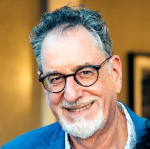The detailed history..........
1970 After playing bass in school bands and pursuing a short-lived university course in electronics, Mick began his adventures in the music industry in the maintenance workshop at Wessex Studios in North London, acquiring technical experience in studio maintenance and audio circuit design. After a short time, he was thrown in at the deep end one evening, when an assistant engineer fell sick. This was during the recording of "Lizard", the third album by King Crimson and became his first experience in session work, followed by other opportunities with artists including The Moody Blues, Georgie Fame, Alan Price, Stevie Wonder, and numerous live orchestral sessions.
1970 After playing bass in school bands and pursuing a short-lived university course in electronics, Mick began his adventures in the music industry in the maintenance workshop at Wessex Studios in North London, acquiring technical experience in studio maintenance and audio circuit design. After a short time, he was thrown in at the deep end one evening, when an assistant engineer fell sick. This was during the recording of "Lizard", the third album by King Crimson and became his first experience in session work, followed by other opportunities with artists including The Moody Blues, Georgie Fame, Alan Price, Stevie Wonder, and numerous live orchestral sessions.
1975 After a chance meeting with Philip Newell, a contact from his days at Nova Studios, he was offered the job of chief recording engineer at Virgin Records residential recording studio in Oxfordshire, known as The Manor. The studio had been constructed by Phil and Tom Newman, producer of Mike Oldfield's "Tubular Bells". Tom and TB engineer, Simon Heyworth, were moving on to other projects, and Mick was part of a radical rejuventation of the studio. Working at The Manor brought him into contact with many international recording artists including Mike Oldfield, Mott The Hoople, Kiki Dee, David Bedford, Tangerine Dream, Gong.
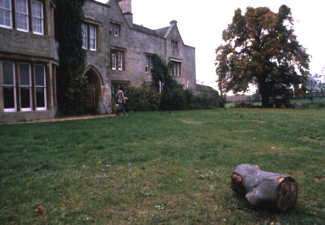
1980 After some success as an emerging producer/engineer, having worked with several punk and new wave bands including The Ruts, The Skids and Public Image, and power-pop band, The Records, Mick left The Townhouse to become a freelance producer. This move was highlighted by the success of many projects including 17 albums with Van Morrison, “Joe’s Garage” by Frank Zappa, four albums with Lloyd Cole, “Magic” by Ian Gillan, “Making Contact” by UFO, “The Whole Of The Moon” & “This Is The Sea” by The Waterboys, “Never Loved Elvis” & “The Size Of A Cow” by The Wonder Stuff, number 1 hit single, “Dizzy” by Vic Reeves and The Wonder Stuff, and “The Happy Club” by Bob Geldof.
Mick has worked on many music projects outside the UK, having recorded and produced five albums which have achieved platinum status for the Spanish artist, Revolver, enjoyed success with the no.1 selling Italian artist, Pino Daniele, produced the Dutch band, The Crox, mixed "Live At The Montreux Jazz Festival", the first ever DVD from Van Morrison, mixed several albums for Lloyd Cole, co-produced Canadian singer/songwriters, Jeremy Walsh and Rachelle van Zanten, and acclaimed American blues pianist David Maxwell. There have been projects in most of the other European countries, the USA, Canada and the Far East. Click here for the full Mick Glossop discography.
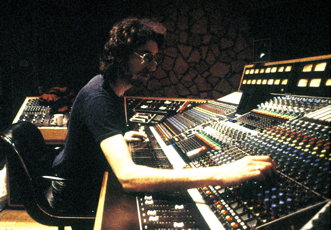
During his career, he has maintained a personal endeavour to keep abreast of technical advances in sound production and processing techniques. Since the early 1980’s, he has worked with MIDI programming, digital samplers, and computer-based mixing systems, and as far back as 1994, invested in an early version of Digidesign's Pro Tools hard disk recording and editing system. This has evolved through several incarnations into to the current HD Accel 3 status. These have been major tools in his work over the past 12 years. Although, like many of his contemporaries, his work has traditionally encompassed the analogue domain, he has fully embraced the latest developments in digital technology. This has culminated in the construction of his own production studio, designed by the team of Andy Munro at Munro Acoustics.
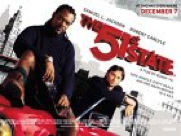
A developing interest in film sound has led to his involvement in many projects involving sound design and film post-production; one of the most prominent being the role of music editor and music mixer for the “The 51st State” starring Samuel L. Jackson & Robert Carlyle. Further film work has included sound design and mixing for several independent films.
The Townhouse, Studio 1
At the same time, his previous experience in the technical side of studio operations was enhanced by direct involvement in the re-design of The Manor Studios.
1979 The subsequent success of The Manor Studio led to the building of a brand new studio complex for Virgin in West London. The Townhouse (now unfortunately closed by subsequent owner, EMI Music) acquired an international reputation as one of the top recording facilities in the world. His role as chief engineer at The Townhouse led to his work with Frank Zappa, and his long association with Van Morrison.
1979 The subsequent success of The Manor Studio led to the building of a brand new studio complex for Virgin in West London. The Townhouse (now unfortunately closed by subsequent owner, EMI Music) acquired an international reputation as one of the top recording facilities in the world. His role as chief engineer at The Townhouse led to his work with Frank Zappa, and his long association with Van Morrison.
1974 Accepting an offer from a French-Canadian rock group, Offenbach, with whom he had worked in Montreal, he spent four months recording and mixing the music and live soundtrack to a documentary movie based on a national tour of France by the band. This was directed by Claude Faraldo, the anarchist director of “Bof” and “Themroc”, both major cult films in France. The recordings were made using a mobile recording truck on loan from The Chateau Herouville, the "Honky Chateau" where Elton John had recently recorded his album of the same name. The truck was a modest vehicle, about the size of an ice-cream van, and housed a very small 16 channel mixer of dubious heritage, a Scully 16 track tape machine, a pair of semi-pro powered monitors and a meagre selection of microphones. Luckily the band's lineup was simple; drums, bass, guitar, organ and vocal.
The Manor Studio
1972 He moved to Nova Studios in Marble Arch for further work as an assistant on sessions with Joe Cocker, The Sweet, Paul Ryan, Jade Warrior, Billie Davis and many more. He moved up to the role of recording engineer, working on albums, singles, film soundtrack and jingles project
s.
1973 He received a phonecall from Canadian recording engineer, Nick Blagona, who had previously worked at Wessex; it was an irresistible offer to work in Canada, and he flew over to Montreal for a nine month engagement at Studio Son Quebec. This studio was sited on the east side of the city, and most of its clients were from the French sector of the Canadian music business. It was very different from the London scene.
s.
1973 He received a phonecall from Canadian recording engineer, Nick Blagona, who had previously worked at Wessex; it was an irresistible offer to work in Canada, and he flew over to Montreal for a nine month engagement at Studio Son Quebec. This studio was sited on the east side of the city, and most of its clients were from the French sector of the Canadian music business. It was very different from the London scene.
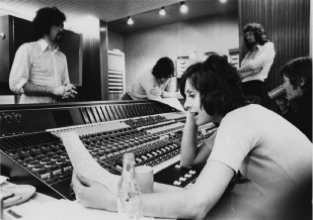
Wessex, Studio 1
